The future tense is the verb tense used to describe a future event or state of being The four future tenses are the simple future tense, the future progressive tense, the future perfect tense, and the future perfect progressive tense This page contains examples of the future tense and has an interactive and printable exercise worksheetVerb To Be Present Tense Interrogative Form This is a simple, useful and attractive worksheet with explanations, example sentences and 3 different exercises to practise the verb to be, interrogative form Suitable for elementary students, it´s available inThe future tense (in Bulgarian бъдеще време) is formed with the particle ще (derived from the verb ща, "to want") and the present simple tense (ще always stands before the present forms) In contrast with the other tenses negation is not expressed with the particle не, but with the construction няма да the present
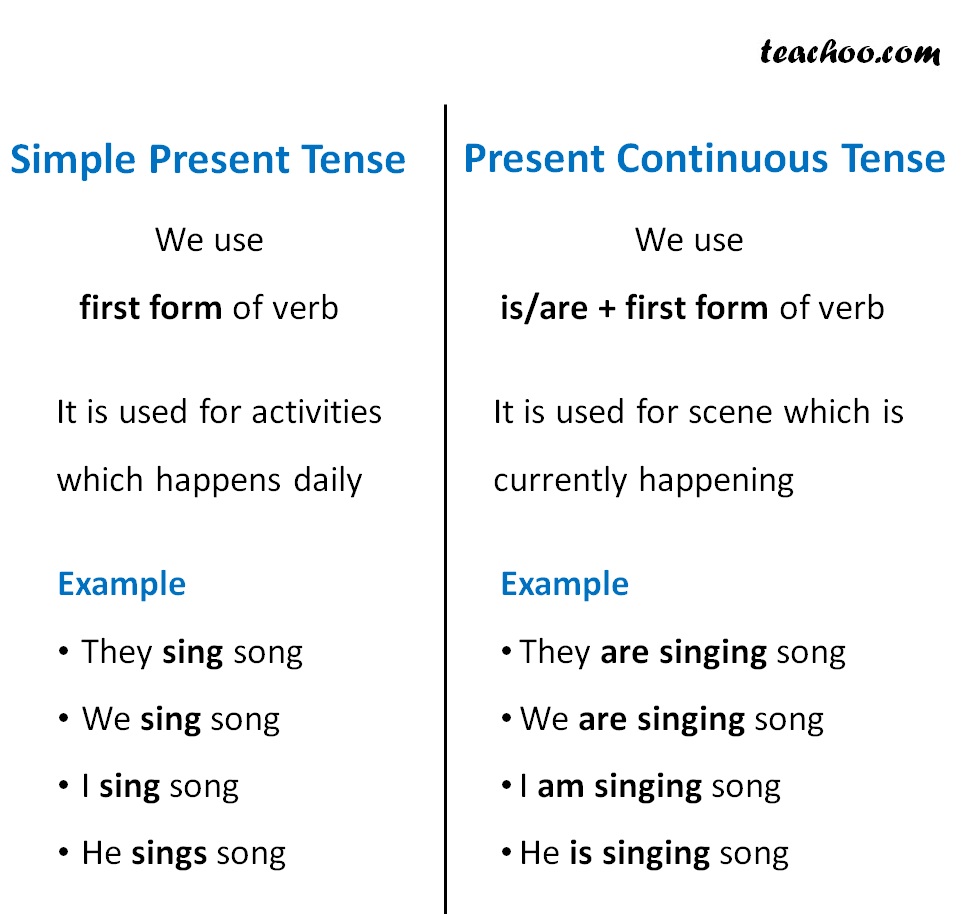
Present Continuous Verbs And Tenses
Be present tense
Be present tense-PastTenses is a database of English verbs One can check verbs forms in different tenses Use our search box to check present tense, present participle tense, past tense and past participle tense Simple present tense (present simple tense) is a verb tense that describes the events and situations that do not change " Do " and " does " are the auxiliary verbs of simple present tense However, " do " and " does " are not used in positive sentences They are used only in negative and question sentences




The Simple Present Tense Affirmative And Negative Form Worksheet
There are three basic forms of Present Simple Tense These three forms are used to make different types of sentencesUse The present indicative of most verbs in modern English has the same form as the infinitive, except for the thirdperson singular form, which takes the ending esThe verb be has the forms am, is, areFor details see English verbsFor the present subjunctive, see English subjunctive A number of multiword constructions exist to express the combinations of present tense with the In simple present tense, the verb changes for the third person singular form A notable exception is the verb ''to be,'' which has three forms
In this form of the present tense, the verb form will indicate an activity that has been completed The present perfect is used to indicate a link between the present and the past The time of the action is before now but not specified, and we are often more interested in the result than in the action itselfThere are two basic structures for the Present Simple 1 Positive sentencesPresent tense 1 MultipleChoice_MTYyMzQ= Present tense 2 GapFillTyping_MTYyMzU= Level advanced We can use present forms to talk about the past when we are telling a story Well, it's a lovely day and I'm just walking down the street when I see this funny guy walking towards me Obviously he's been drinking, because he's moving from side to
Rules to change one verb to the present continuous 2 When the verbs end in a consonant preceded by a single vowel we duplicate the final consonant and add "ing" but there are some exceptions 3 When the verbs end in "y" just add "ing" for the present progressive tense 4The simple present tense is the way to talk about facts It tells what is always, sometimes, or never true, or what happens over and over It uses the base form of the verb (the infinitive without 'to') except in the third person singular 3rd person singular (he, she, or it one person or thing) ends in To Be Present Tense English Exercises Answers A) Complete the sentences using the correct form of To Be 1 am 2 isn't 3 are 4 aren't 5 are 6 is 7 aren't 8 am not 9 are not 10 is B) Answer the questions below using full sentences 1 No I am not I am from Brazil 2 No, I'm not I'm a doctor
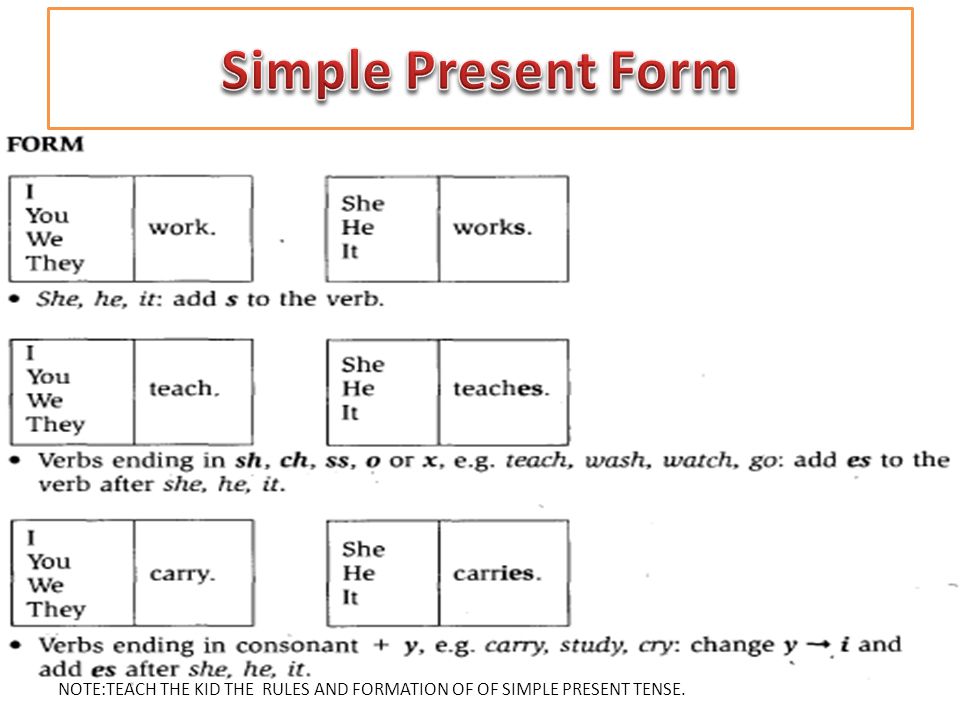



Simple Present Tense Ppt Video Online Download



To Be Present Affirmative Negative And Interrogative Forms Lessons Blendspace
Present tense is used for actions that take place in the present moment Learn about the four types of present tense verbs and how to use themPositive I am I'm from Japan you / we / they are you're / we're / they're from Brazil he / she / it is he's / she's / it's from India Negative I am not I'm not married you / we / they are not You're not / You aren't We're not / We aren't They'reConjugate the English verb write indicative, past tense, participle, present perfect, gerund, conjugation models and irregular verbs Translate write in




Simple Present Form




Poster Present Tense English Esl Worksheets For Distance Learning And Physical Classrooms
Even the strongest writers can fall prey to common verb tense mistakes from time to time Learn how to avoid those errors and keep your verb game on pointPresent Simple The Present Simple tense is the most basic tense in English and uses the base form of the verb (except for the verb be) The only change from the base is the addition of s for third person singular How do we make the Present Simple tense? In the present simple, the base form of the verb is the same for every subject pronoun, except the third person, where you add an "s"




The Simple Present Tense Affirmative And Negative Form Worksheet
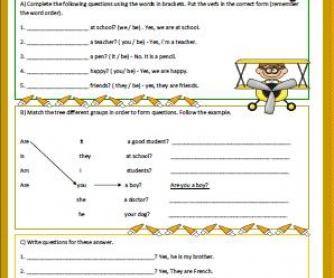



Verb To Be Present Tense Interrogative Form
About Press Copyright Contact us Creators Advertise Developers Terms Privacy Policy & Safety How works Test new features Press Copyright Contact us CreatorsThis is a printable PDF of all the verb tenses and how to form them This is a list of all the grammar exercises on this site, about verb tenses and other things This is an explanation of how we sometimes need to change the spelling of a verb with 'he, she, it' in the present simple, for example why 'cry' becomes 'cries' but 'play' is 'plays'Am, is and are;




Ejercicio De The Negative Form Of The Simple Present Tense




Present Continuous Verbs And Tenses
This video presents the present tense of the verb "be", in its affirmative, negative and interrogative forms, as well as their contractions It may be used f The base verb is any word which shows the action When these action words show the time of happening of an event, they are called 'tenses' Base verbs or root verbs assume different forms in each of its parts Present participle form of the verb is the 'Ing' form of verb, formed by adding 'ing' after the base verbImprove your language arts knowledge with free questions in "To be use the correct present tense form" and thousands of other language arts skills
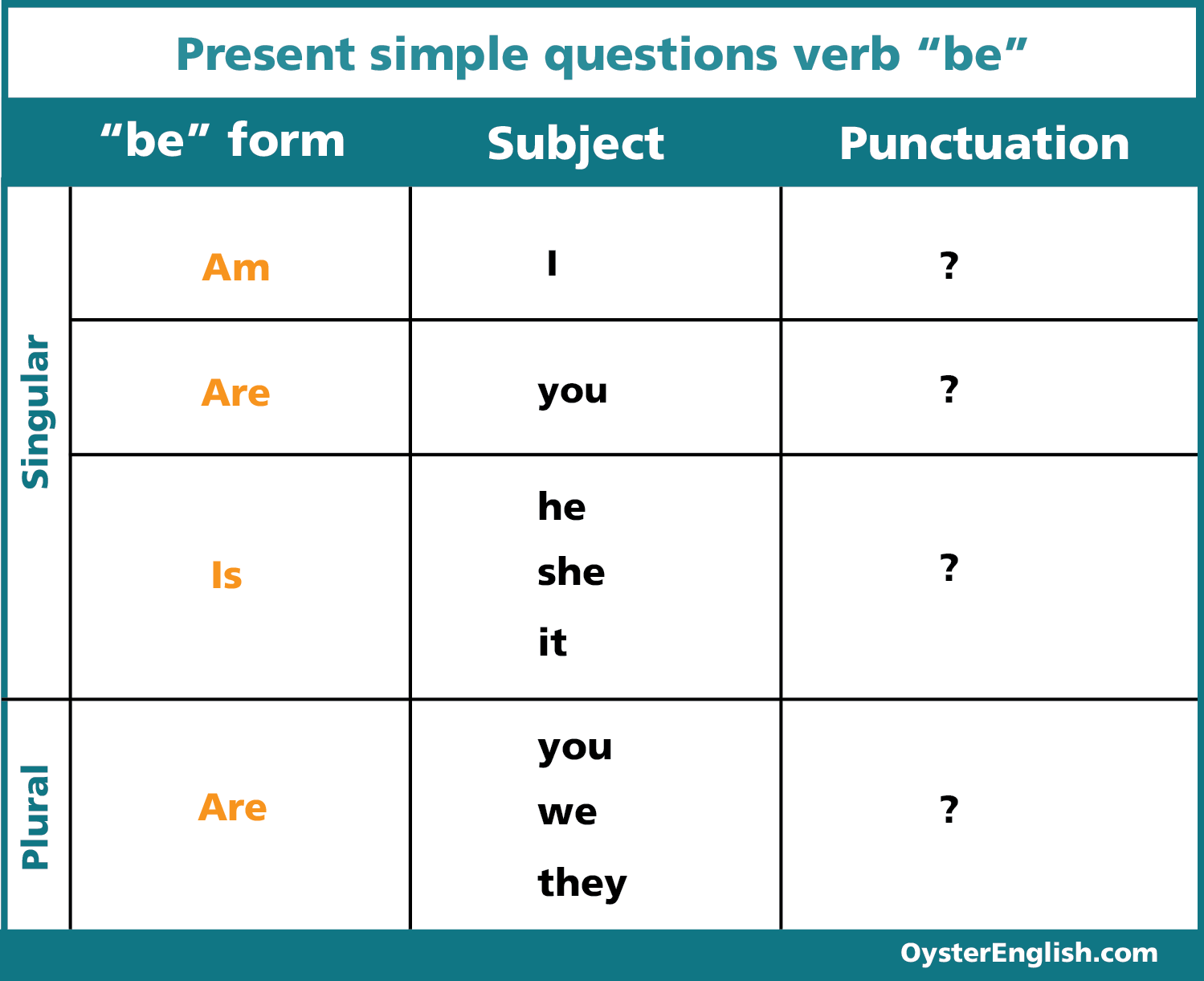



All About The Present Simple Tense
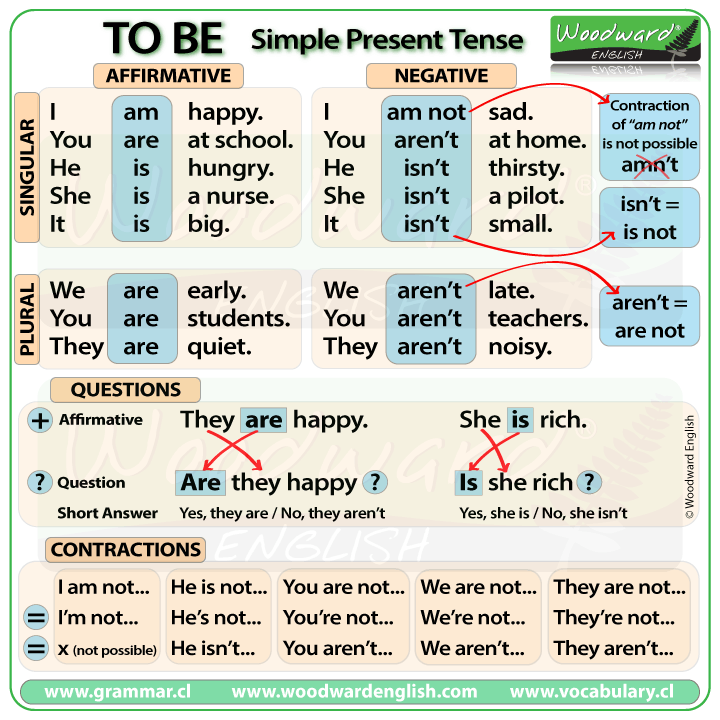



To Be In Present Tense English Grammar
The verb "to be" is used together with the third form of the verb (V3) in passive sentences For example ACTIVE I eat an apple PASSIVE The apple is eaten "Eaten" = the main verb (in the third form – V3) "Is" = an auxiliary (helping) verb "is eaten" (a complete idea) = the subject of the sentence (the apple) is affected by the action Present Simple Tense In English, among the 12 basic Tenses, the most basic tense is the Present Simple Tense This tense is also known as Present Indefinite Tense How do we make the Present Simple tense?Present Perfect Progressive To express duration of an action that began in the past, has continued into the present, and may continue into the future David has been working for two hours, and he hasn't finished yet
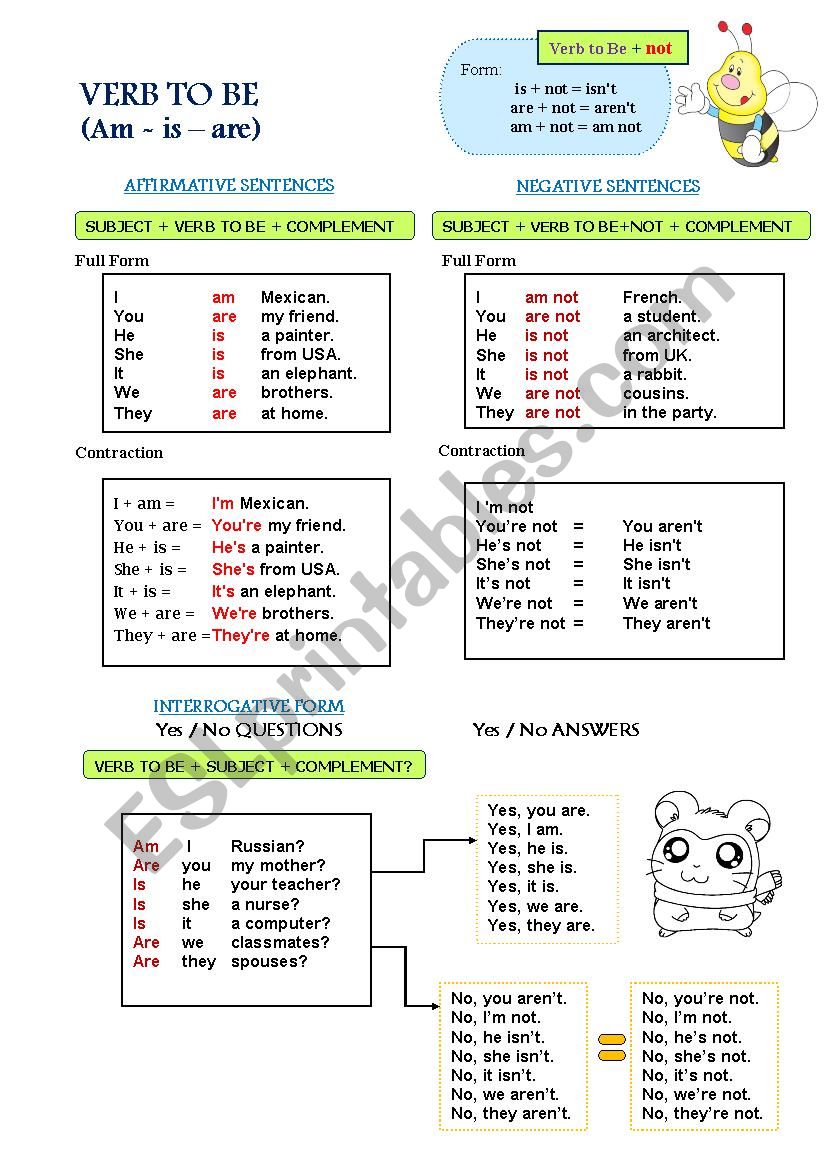



Present Tense Verb To Be Esl Worksheet By Lenylove




English Grammar The Simple Present Lesson 5 Rules For The Simple Present Tense Learn English With Africa
The present tense is mostly used to identify the action of a verb as taking place in the present time However, depending on which way we form the present tense, it can also be used to describe things that happened in the past, or even certain events that are planned to happen in the futureIt depends on whether you want to emphasize a single moment in time (simple form) or the an extended period of time (ing form) In either case, use will verb in the main clause When the situation is unreal, but likely, use present tense in the conditional clause and will verb in the main clause Second conditional "Unreal and unlikely"POSITIVE ( AFFIRMATIVE ) FORM () Subject TO BE ( am / is




Regular Present Tense Verb Conjugation Ppt Descargar




Simple Present Tense In English English Study Here
To form the present perfect tense, we need to use the simple present tense of the auxiliary verb 'have' or 'has' based on whether the noun being referred to is plural or singular The past participle of the verb follows the auxiliary verb We can also write as have/has past participle Let us see some examples,Present Tense In a sentence, a verb and its form convey the time of the occurrence or the happening If the verb used conveys the present time, it is a Present tenseThe present tense is the verb tense used to describe a current event or state of being, but, oddly, the present tense can also describe past and future events The four present tenses are the simple present tense, the present progressive tense, the present perfect tense, and the present perfect progressive tense This page contains examples of the present tense and has an
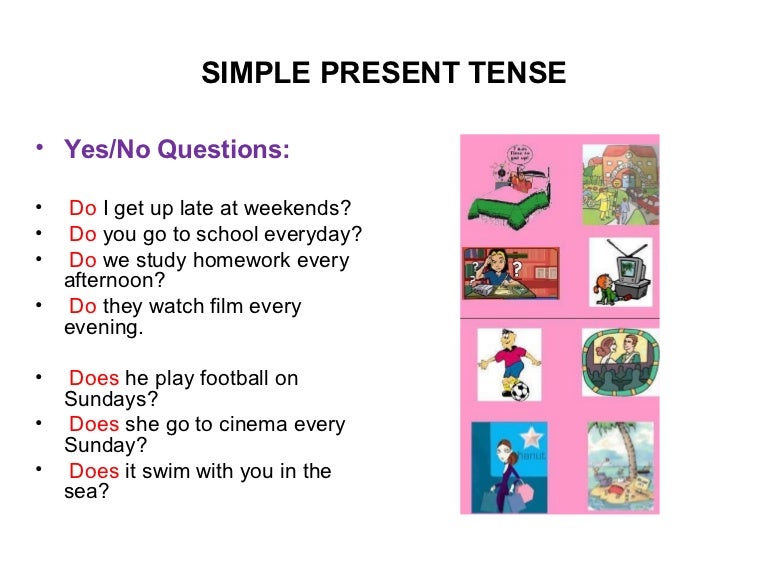



Simple Present Tense




Present Continuous Tense Grammar For Kids The K8 School
Regular Present Indicative Forms Below you'll find instructions for forming regular verbs in the present tense, including the endings you need to know for ar, er, and ir verbs Verbs that End in ar To conjugate an ar verb, remove the infinitive ending (ar) and add the ending that matches the subjectYou can find these endings in the table belowThis page shows the basic English tenses with the irregular verb BE, in affirmative/positive, negative and interrogative/question forms With example sentences For ESL learnersEnglish Verbs Exercise TO BE Choose the correct present tense form of the verb TO BE conjugation exercise for the verb TO BE ESL PRINTABLES • GRAMMAR TESTS • VOCABULARY TRAINING • LISTENING COMPREHENSION • READING COMPREHENSION • OTHER ESL TOOLS ONLINE ENGLISH GRAMMAR QUIZ
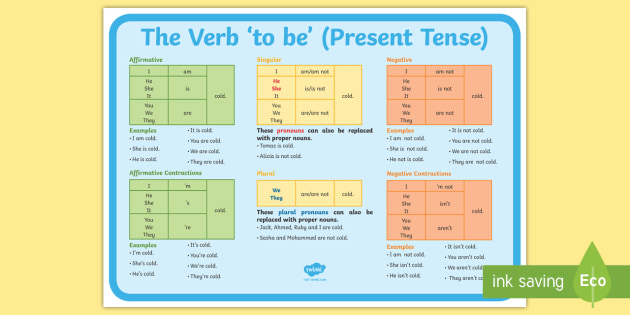



The Verb To Be Present Tense Poster




Write The Correct Form Of The Verb To Be In Present Tense Brainly Lat
The present simple tense varies it's form depending on whether it is being used with the third person singular, other verbs, or the verb to be It is used for repeated events, general facts, and with state verbs Look at the table to see how to form sentences in the present simple tense using the verb to be You can see that there is a short form (contraction) used when writing the verb to be, and an apostrophe is used to form it I am = I'm, She is = She's, etc Word Order When Using "To Be" in Present Simple TenseWhen building a sentence in English, a verb is always required The verb "be" is the most important verb to learn in English ''TO BE'' is used to describe objects, features, locations, etc The verb '' TO BE ''has three forms in the present;
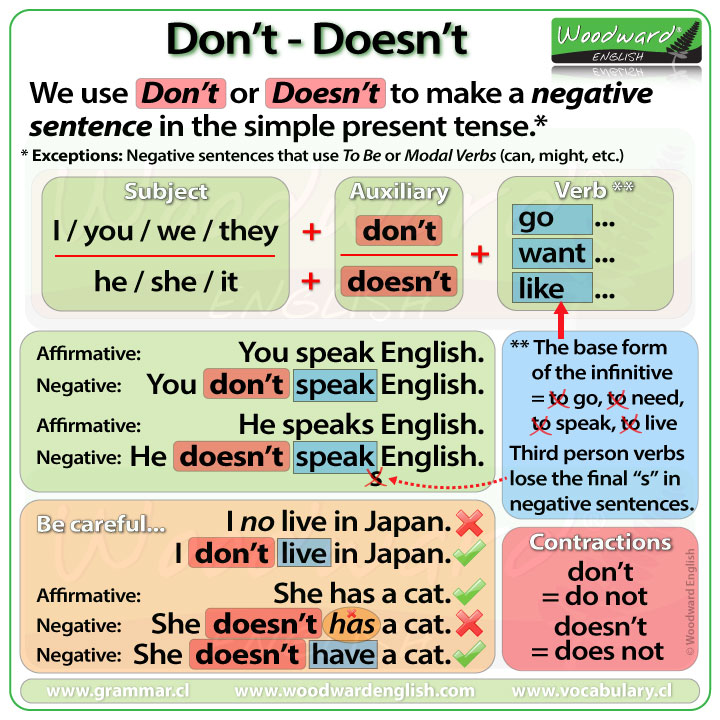



Don T And Doesn T In English Simple Present Tense Negative Sentences Woodward English
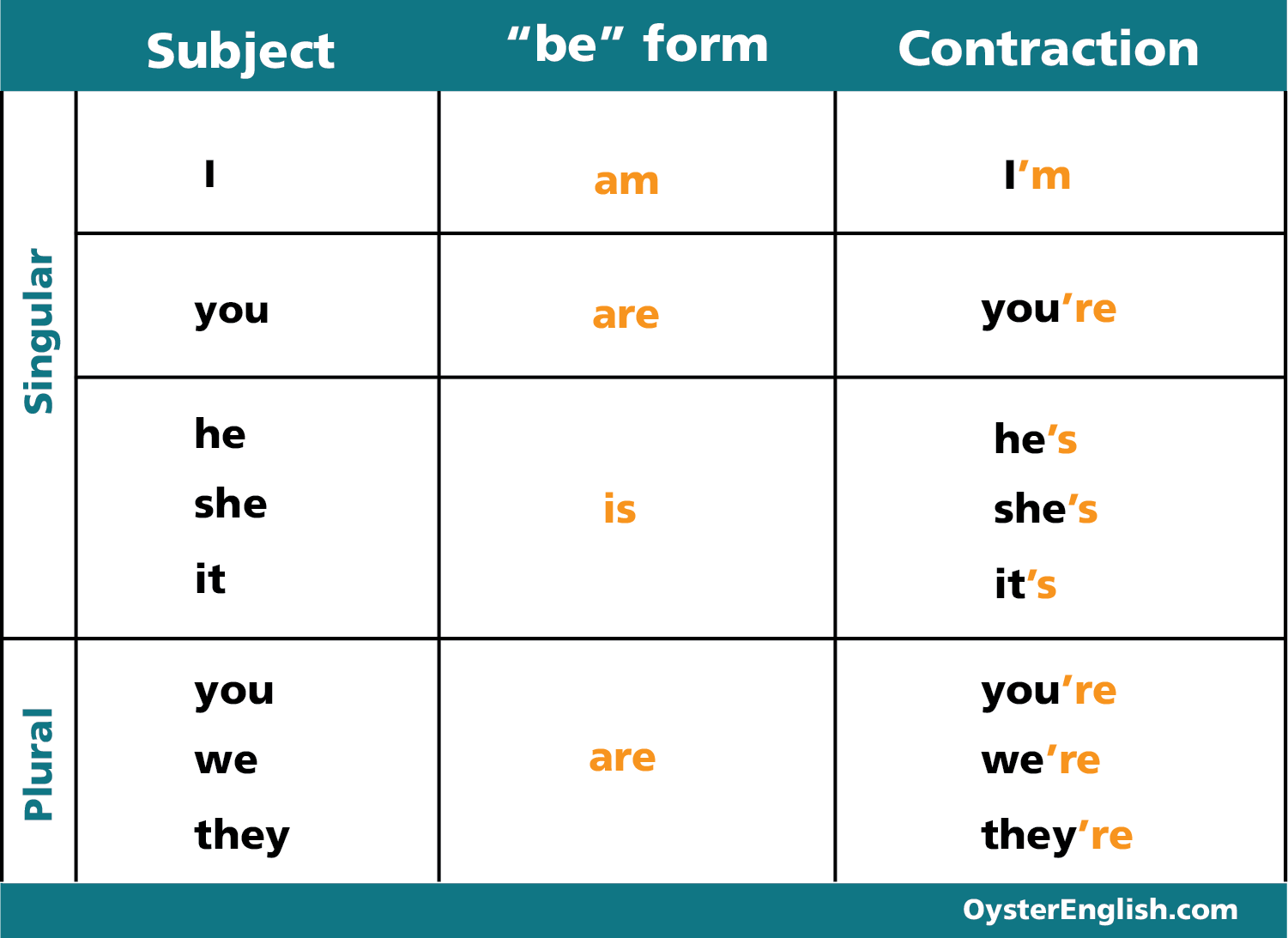



All About The Present Simple Tense
Simple present tense with 'be' The verb 'be' is different from the other verbs in this tense Let's look at 'be' first Here's the positive form (positive means a normal sentence, not a negative or aThe form of the verb to be is am (contracted to 'm), is ('s) and are ('re) in the present tense and was/were in the past To be is used as an auxiliary verb, to form continuous tenses and the passive, and as a main verb Here we are looking at it as a main verbUsing the verb 'to be' in the simple present tense;
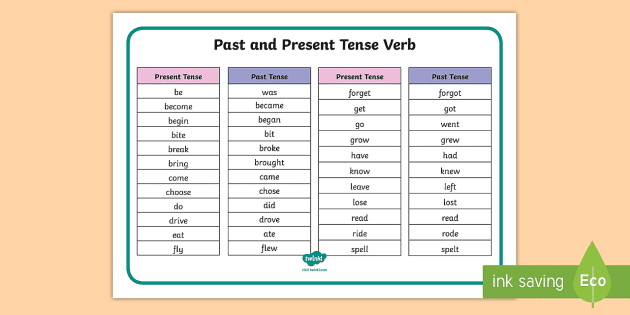



Past And Present Tense Verb Word Mat Primary Resources




To Be Present And Past Learnenglish Teens British Council
Present Continuous Present Continuous Tense Rule Subject is/am/are V1 ing object Example She is eating food Here the subject is She, followed by "is" The first form of verb (V1) here is "eat" and "ing" has been added to it, followed by the object "food"The simple present tense uses the base form of the verb and the third person singular takes an –s as the suffix The Simple Present Tense is used To express habits, universal truths, repeated actions or fixed events For example, The school bus picks up the students at 6 am There are 12 types of verb tenses in total, each based on the time an action occurs Learn how to use each verb tense in a sentence with these examples




Calameo Simple Present Tense Camaleo




To Be Present Tense Present Tense Verb To Be Be Present Tense Present Tense Be Question s Short Answers Interrogative Negative Interro Negative Present Continuous English Esl Worksheets For Distance Learning And




Tenses Present Simple Present Continuous Grammar For Ts
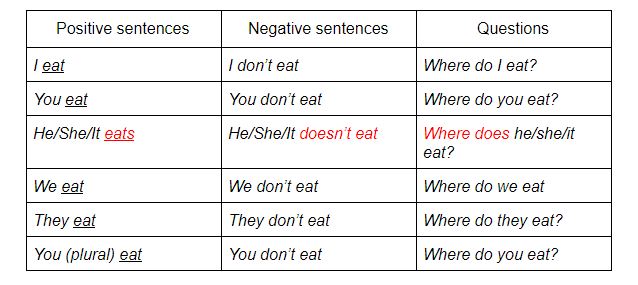



What Are The 4 Present Tenses In English And How Do You Use Them Oxford House Barcelona




Present Simple Tense In English Grammar Lesson




Language 9 No Clase10 Simplepresent Lessons Blendspace




3 Example Of Nominal Simple Present Tense Source Download Scientific Diagram



Http Colegioliceosorolla Es Wp Content Uploads 04 Present Past Pdf




Present Tenses Exercises With Answers Pdf Worksheet




To Be Simple Present Tense English Grammar For Beginners Facebook




Test English Prepare For Your English Exam




Doc Simple Present Tense Form Examples Use 1 Repeated Actions Rizka Amalia Fulinda Academia Edu
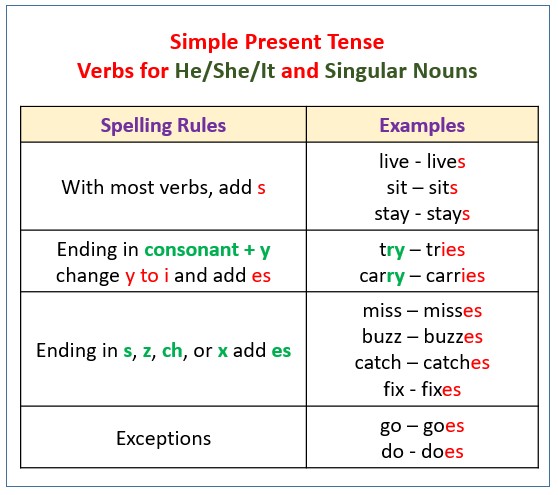



Verbs Present Tense Video Lessons Examples Explanations




Understanding Polite Form Present Tense Worksheet Lesson Korean Language Amino
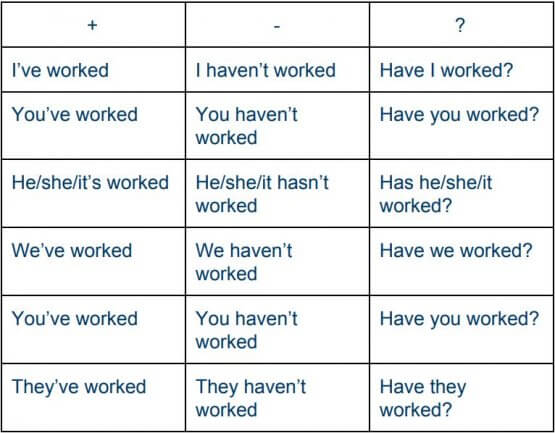



Using The Present Perfect Tense In English
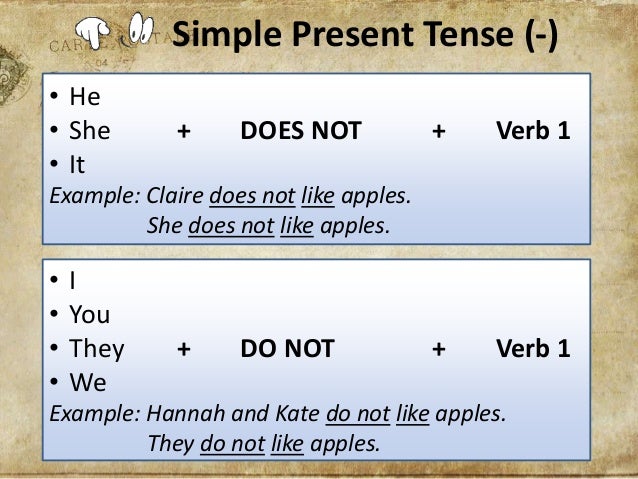



Simple Present Tense Negative Form




Present Tenses Online Worksheet For B1




Structure Of Simple Present Tense English Study Page




V1 V2 V3 Present Tense Past Tense Past Participle English Grammar Here
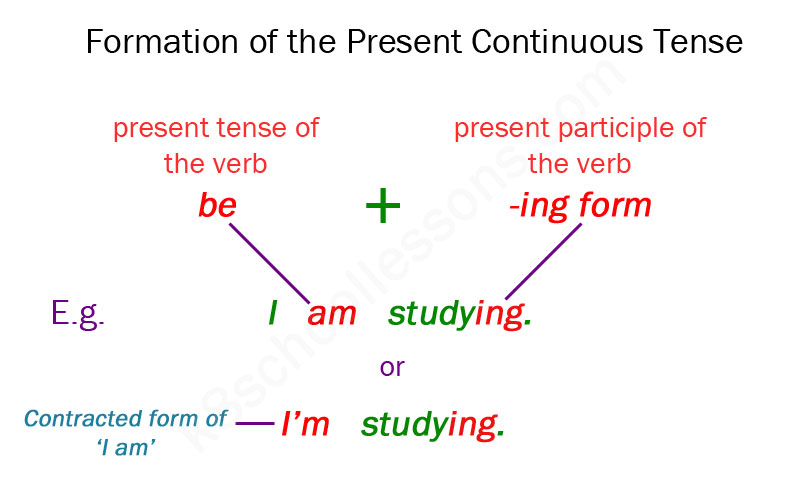



Present Continuous Tense Grammar For Kids The K8 School
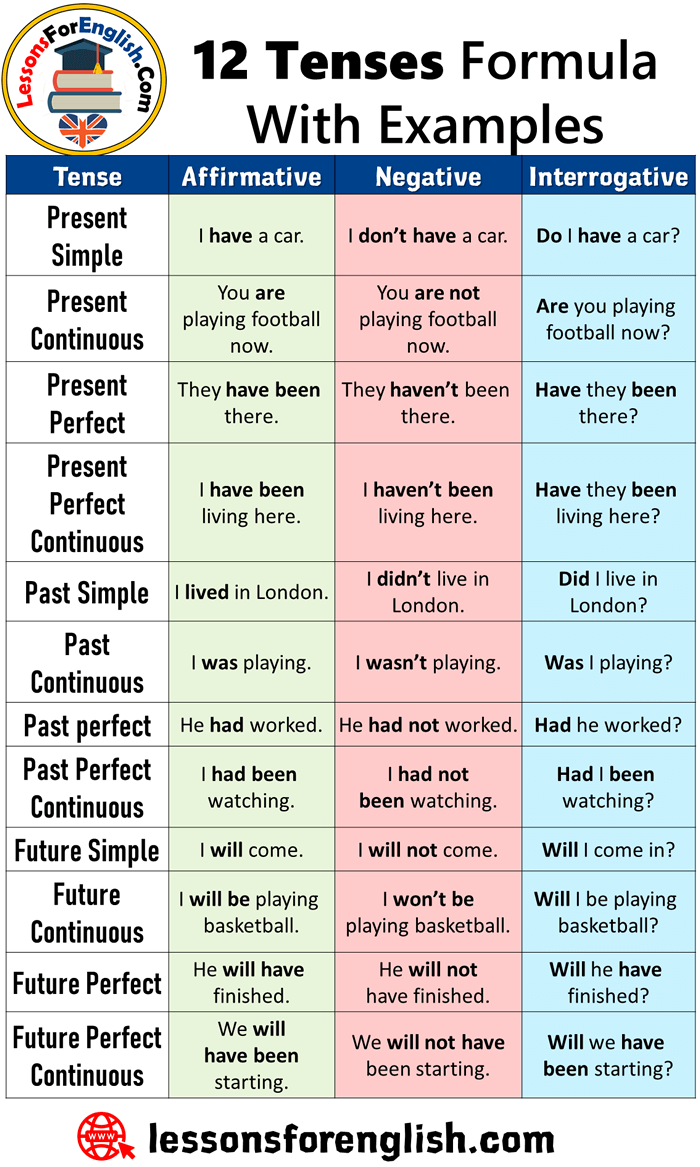



12 Tenses Formula With Examples Lessons For English




Negative And Question Forms Materials For Learning English




Simple Present Tense Learn English For Life




English Grammar The Simple Present Lesson 5 Rules For The Simple Present Tense Learn English With Africa



Simple Present Tense With To Be English Study Page




Form And Basic Meaning Of The Simple Present Tense Online Presentation



1




Third Person Singular Verbs List With Examples Englishbix



1




Present Tense Exercise 13




Simple Present Tense Dukarahisi




Regular Present Tense Verbs




Regular Verbs In The Present Tense




What Are The 4 Present Tenses In English And How Do You Use Them Oxford House Barcelona




Simple Present Tense Form Function Susanenguaeu
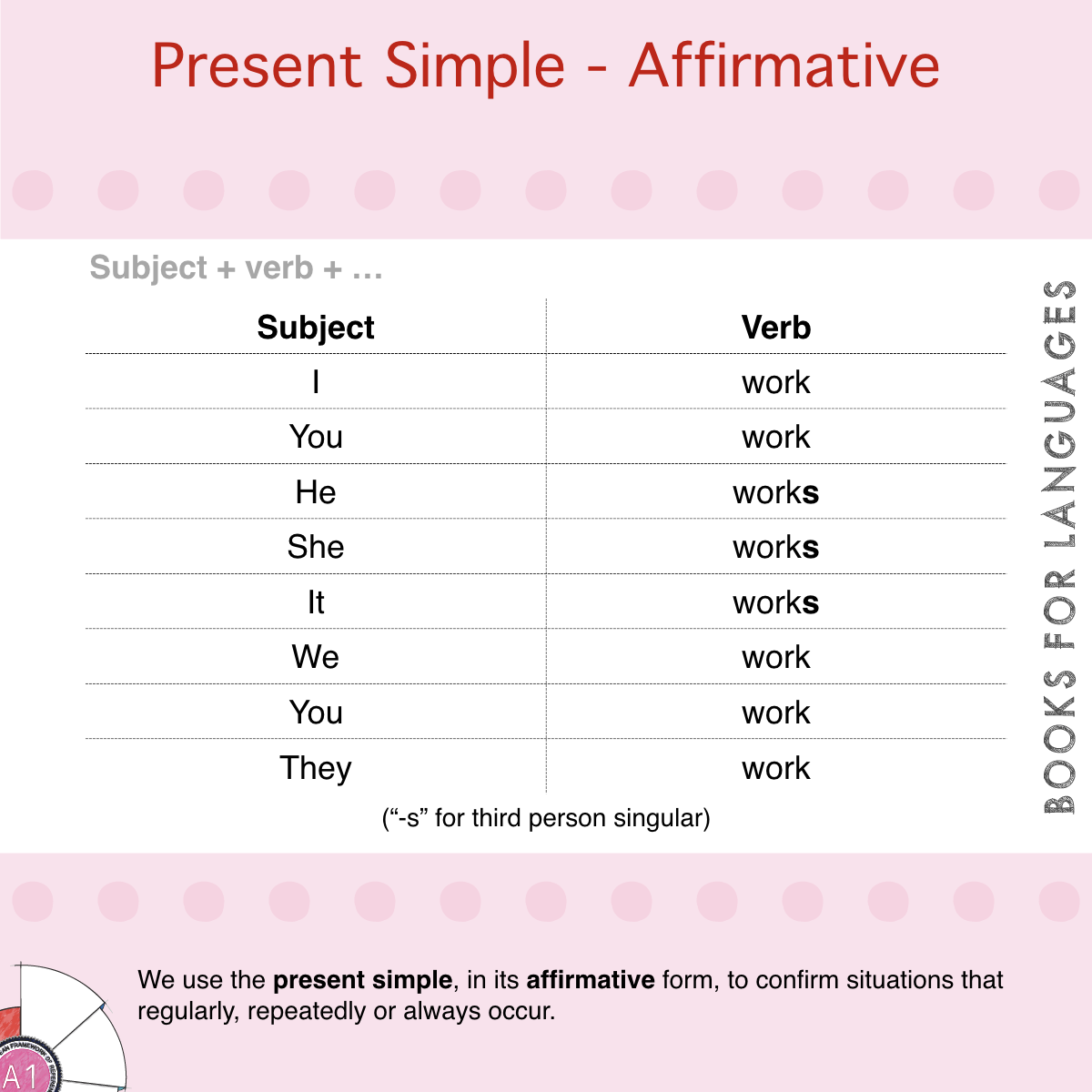



Present Simple Affirmative English Grammar A1 Level
(125).jpg)



Soal Simple Present Tense Proprofs Quiz
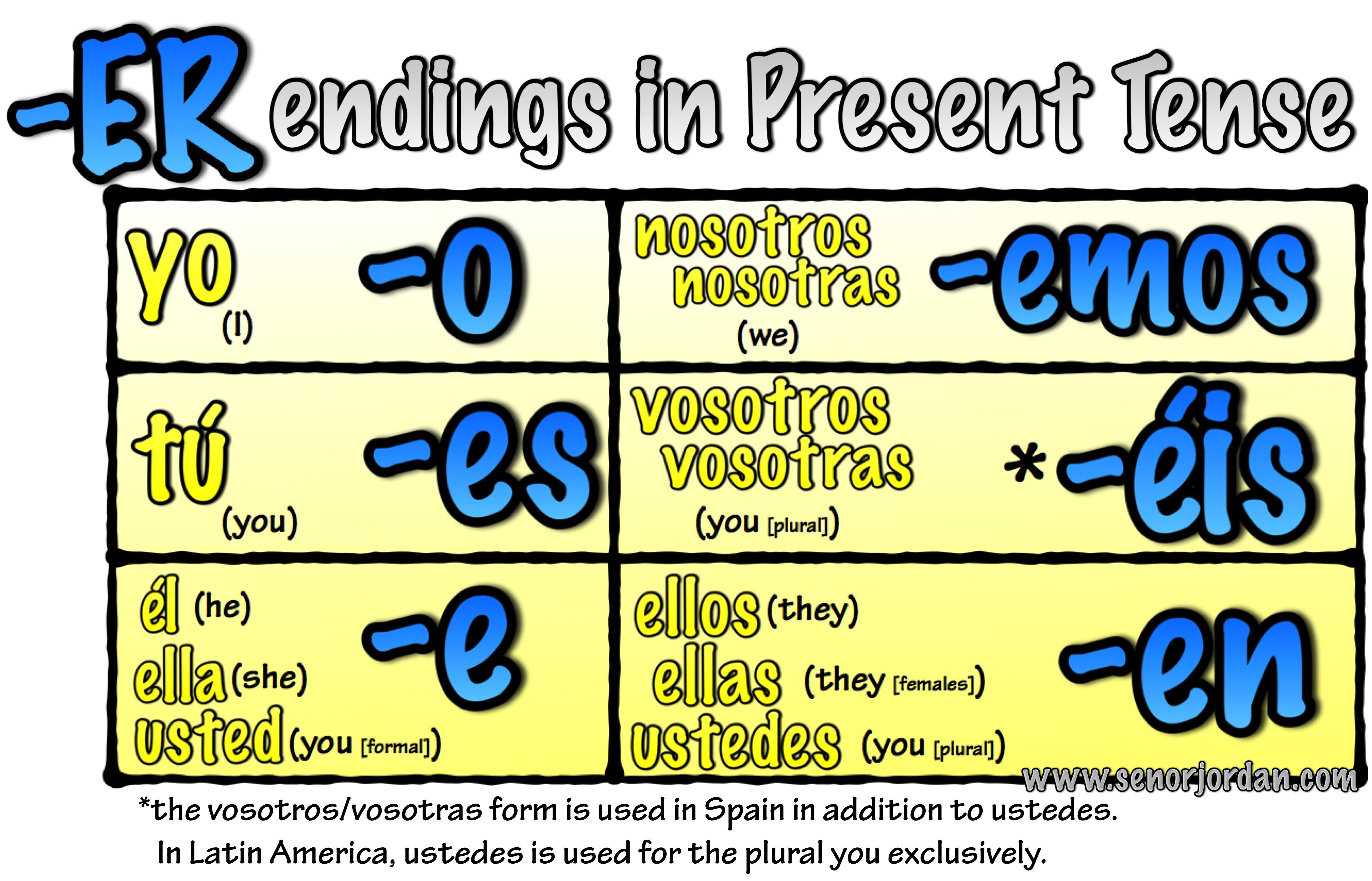



Senor Jordan S Spanish Videos Blog Archive 01 Present Tense Er Verb Endings Song
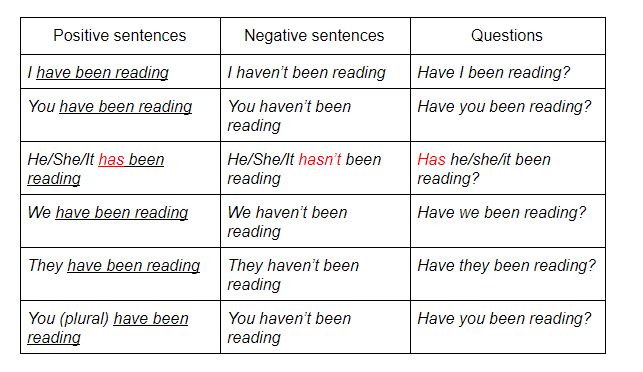



What Are The 4 Present Tenses In English And How Do You Use Them Oxford House Barcelona




English Verb Tense Review Simple Present Tense Otherwise
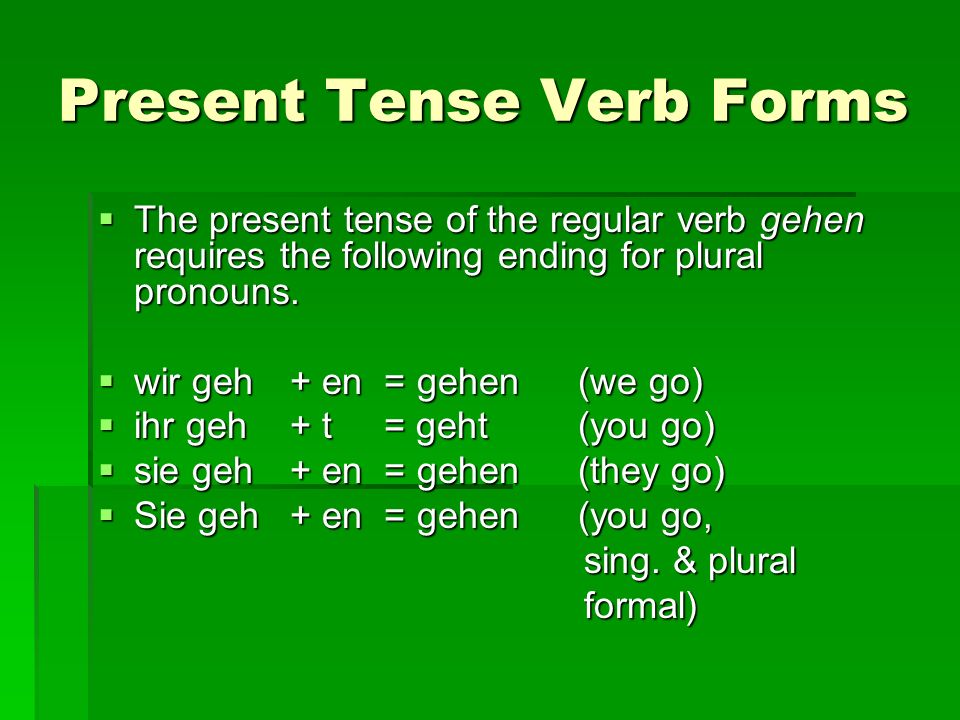



Present Tense Verb Forms Ppt Video Online Download




Using The Verb To Be Write The Correct Form Of The Verb To Be In Present Tense Example You We They Be Are Happy Example I Be Am Happy



1




Verb Be Present Tense Tefllessons Com Esl Worksheets Handouts
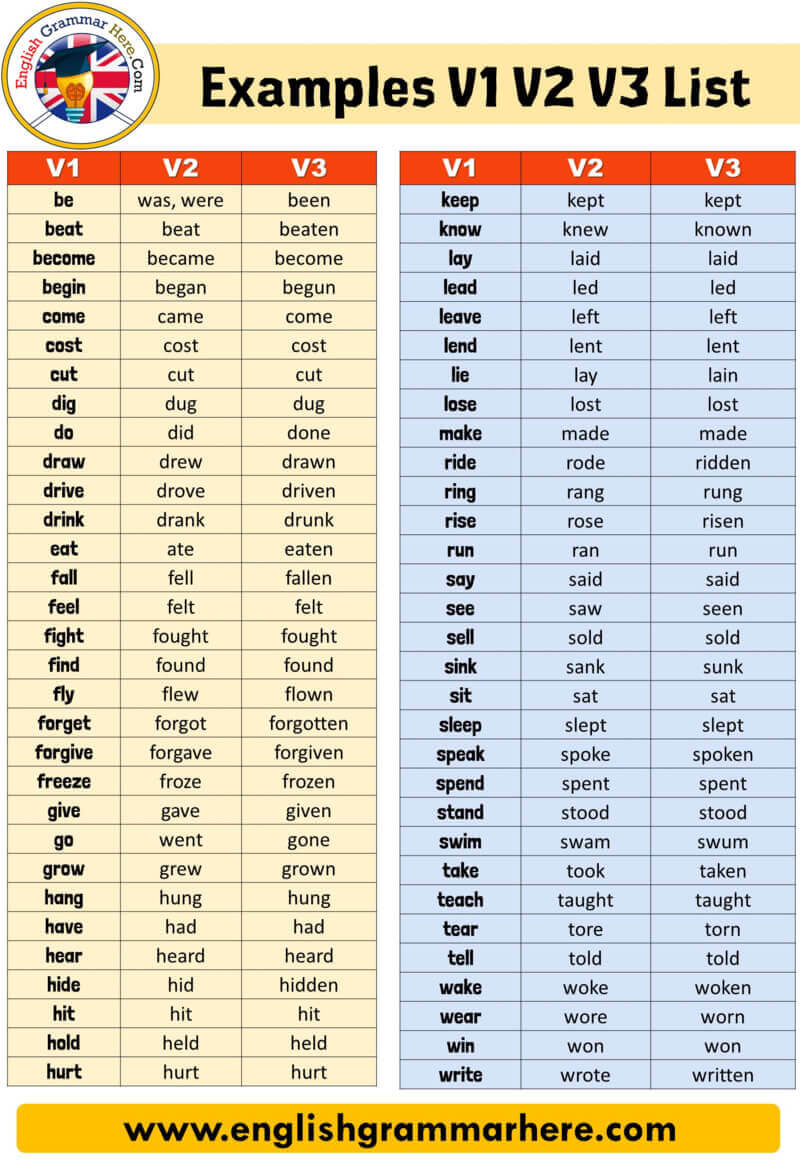



50 Examples Of Present Tense Past Tense And Past Participle English Grammar Here
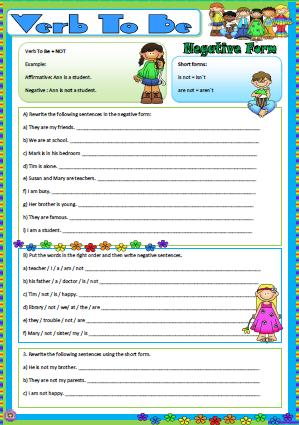



Verb To Be Present Tense Negative Form




Change The Verbs To Present Tense Form Answer Simple Past Tense Worksheet Verb Worksheets Simple Present Tense Worksheets




Present Tense With Be Verb Chart In Affirmative Form Alguien Que Me Pueda Ayudar Con Esto Porfa Y Le Brainly Lat
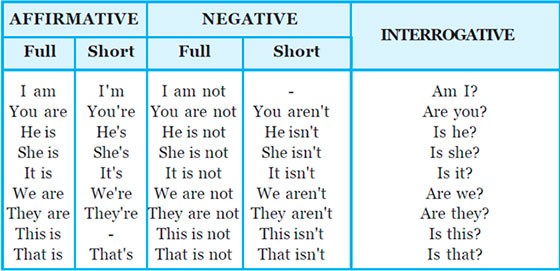



How To Use The Verb To Be In Present Tense English Lessons




Present Tense What Is The Present Tense




Simple Present Tense Negative Form Multiple Choice Exercise No 19 Englishpedia Net




Simple Present Tense Negative Contrations Worksheet




Forming The Present Simple Tense In English Youtube




Forming Verb Tenses
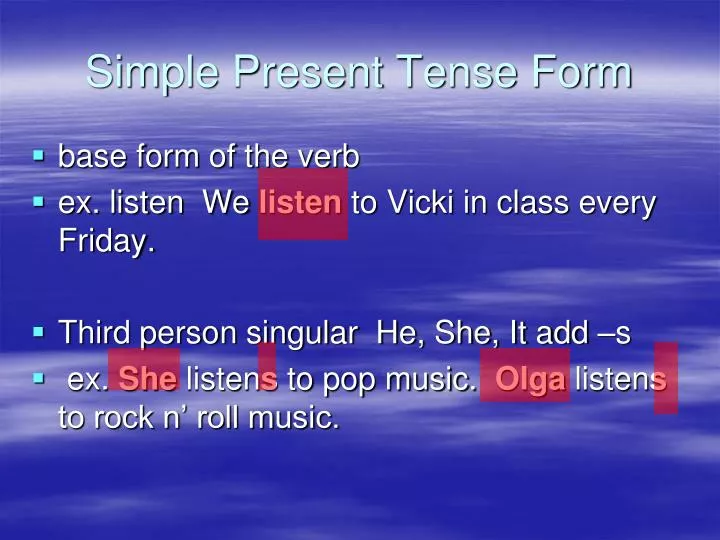



Ppt Simple Present Tense Form Powerpoint Presentation Free Download Id
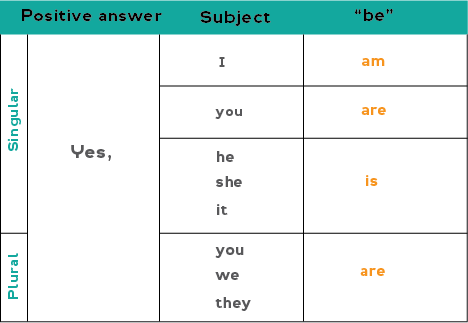



All About The Present Simple Tense
/ThoughtCoChalkboard-5b2a9642fa6bcc0036305aa9.png)



The Present And Past Forms Of The Verb To Be



1
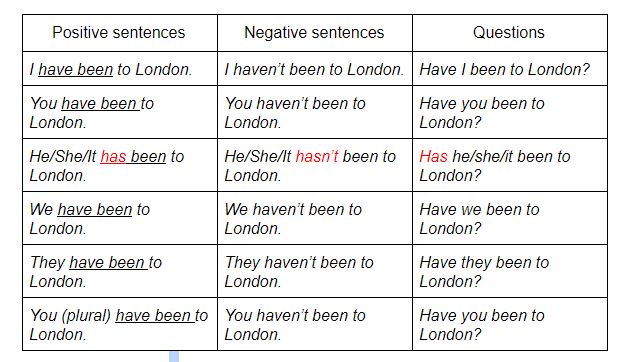



What Are The 4 Present Tenses In English And How Do You Use Them Oxford House Barcelona
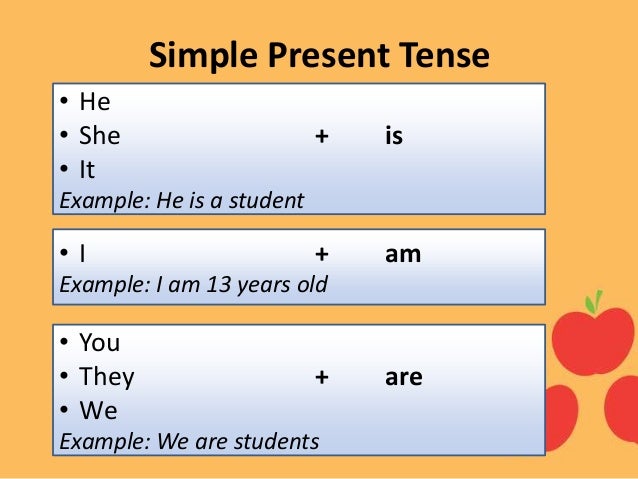



Simple Present Tense Positive Form
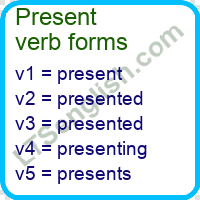



Present Verb Forms Learn English Free Online Ltsenglish Com




Simple Present Tense Reading 1 Autoguardado Pdf Foods




Simple Present Tense Form And Use English Esl Powerpoints For Distance Learning And Physical Classrooms
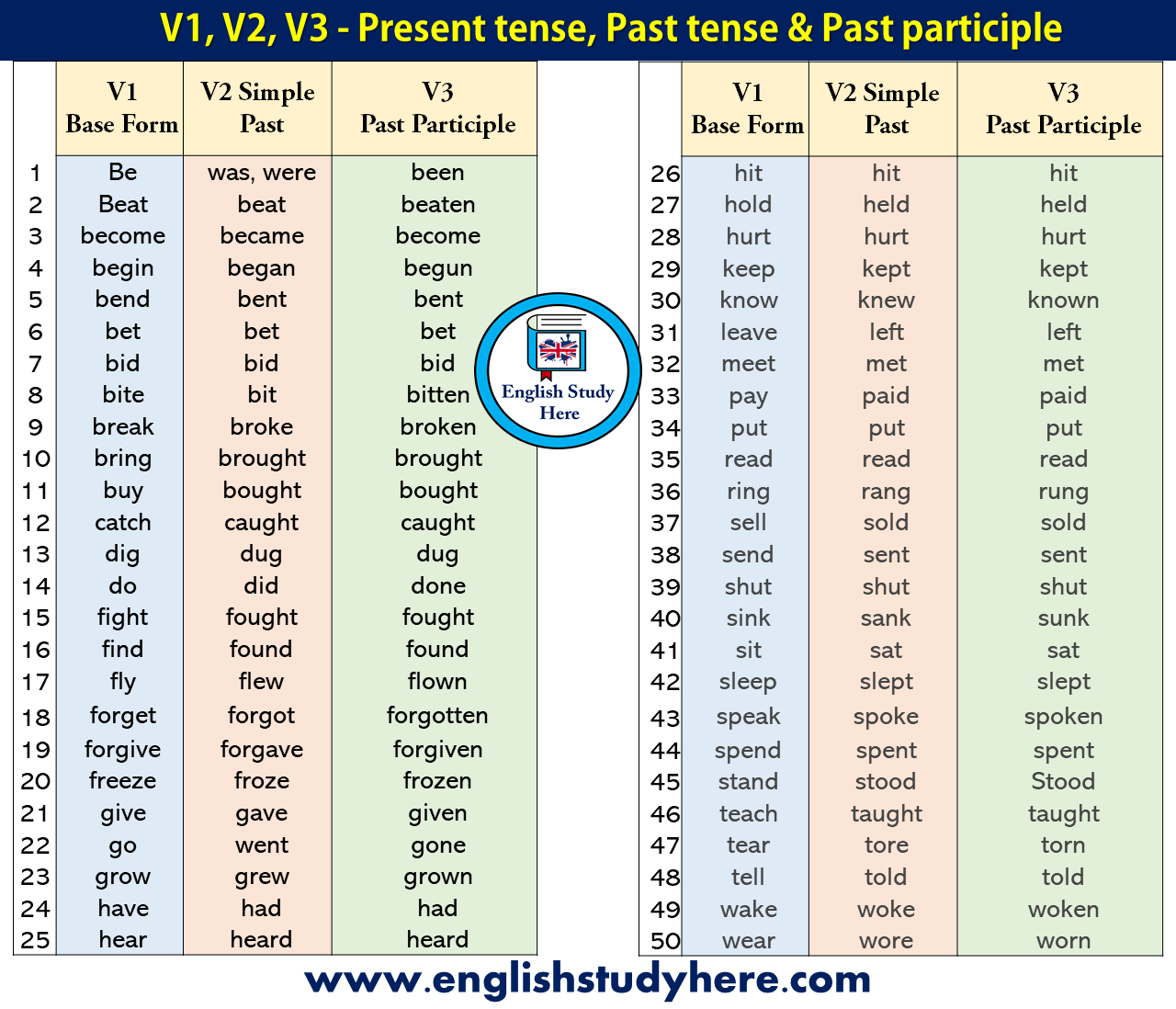



50 Examples Of Present Tense Past Tense And Past Participle English Study Here
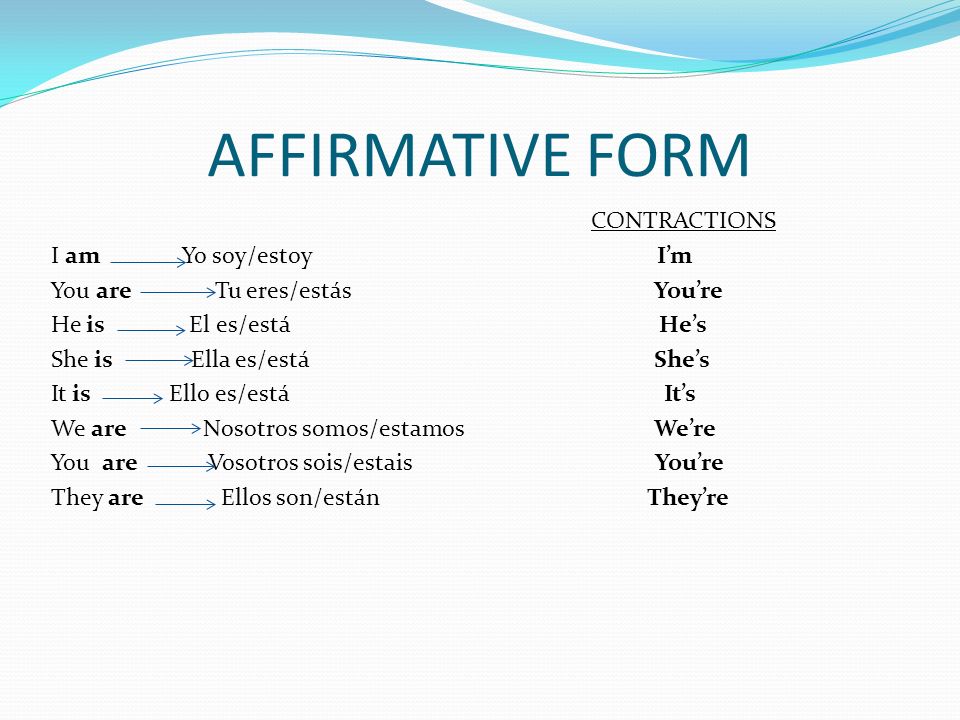



Verb To Be Present Tense Ppt Video Online Descargar




Present Tense Verb Sort Worksheet Education Com
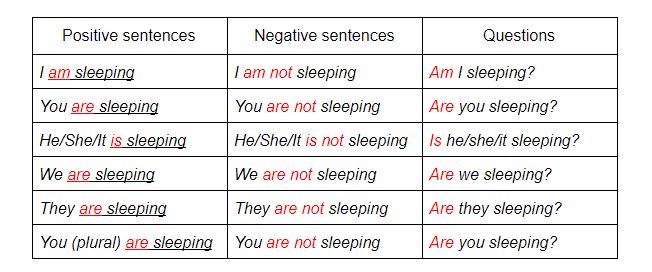



What Are The 4 Present Tenses In English And How Do You Use Them Oxford House Barcelona
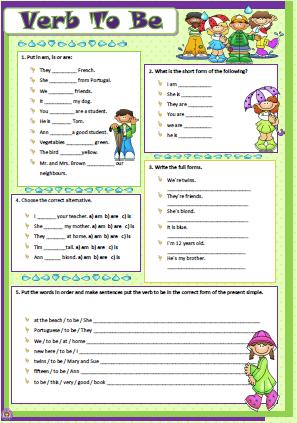



Verb To Be Present Tense Affirmative Form




Do And Does In English Simple Present Tense Questions Youtube
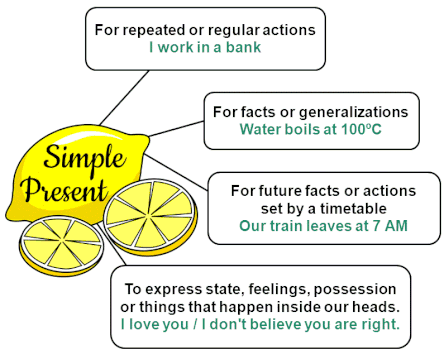



How To Use The Simple Present Tense Juicy English




The Simple Present Tense Useful Usage And Example Sentences Esl Forums Simple Present Tense Simple Present Tense Worksheets English Grammar




Simple Present Tense Active Form Archives English Study Here
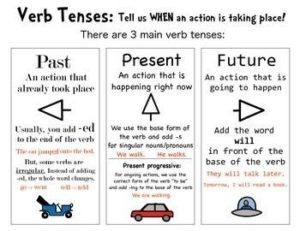



Present Tense Types Of Present Tense With Examples
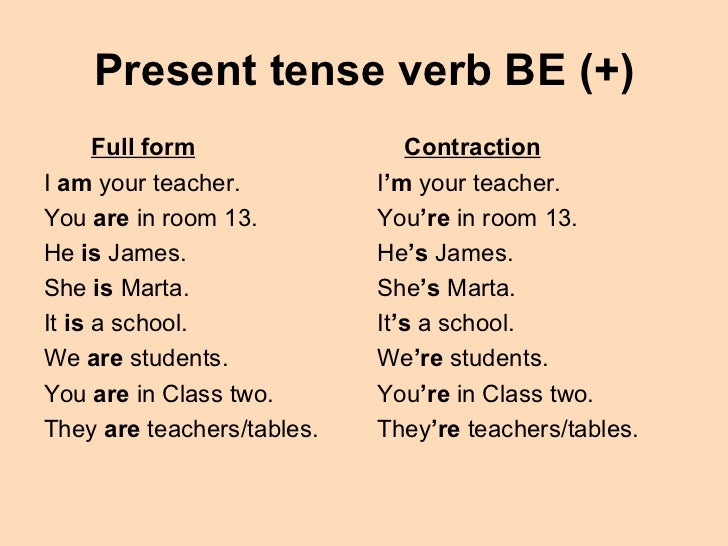



2 Present Tense Verb Be
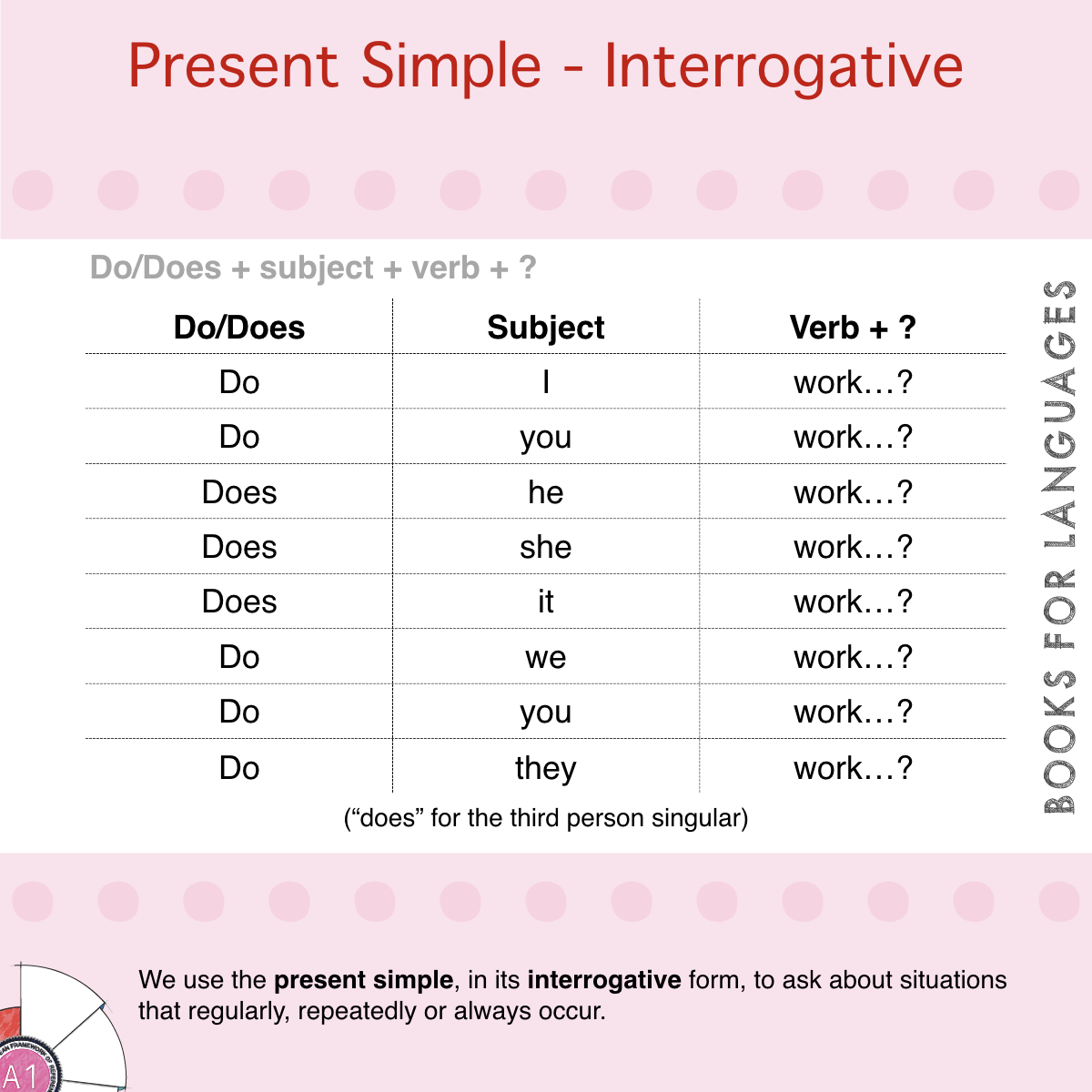



Present Simple Interrogative English Grammar A1 Level
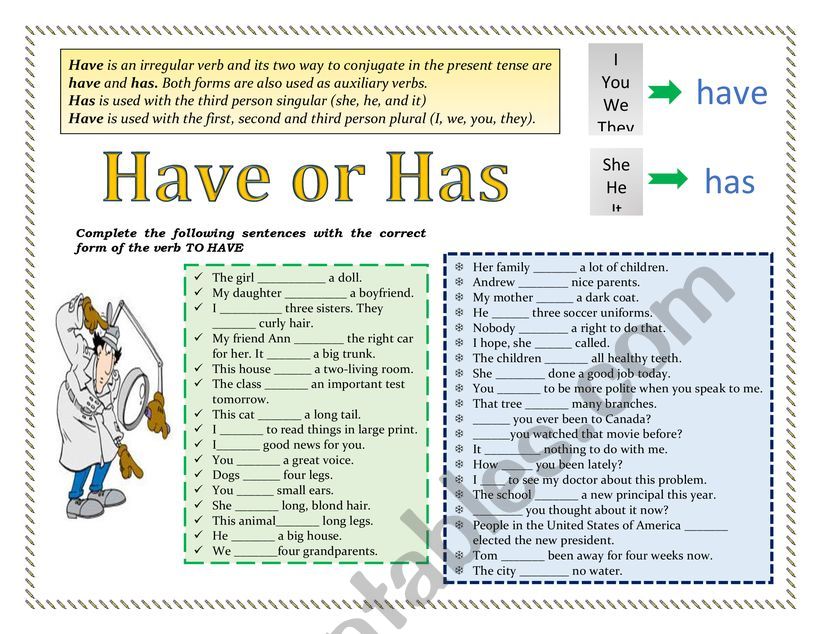



Have Or Has Present Tense Form Esl Worksheet By Teresitasepa
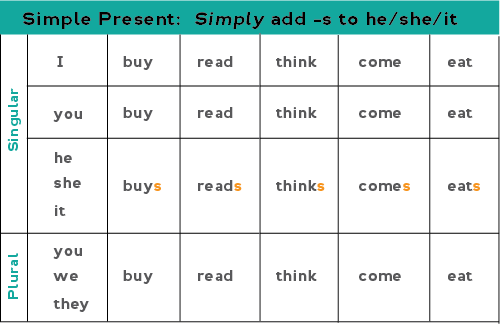



All About The Present Simple Tense
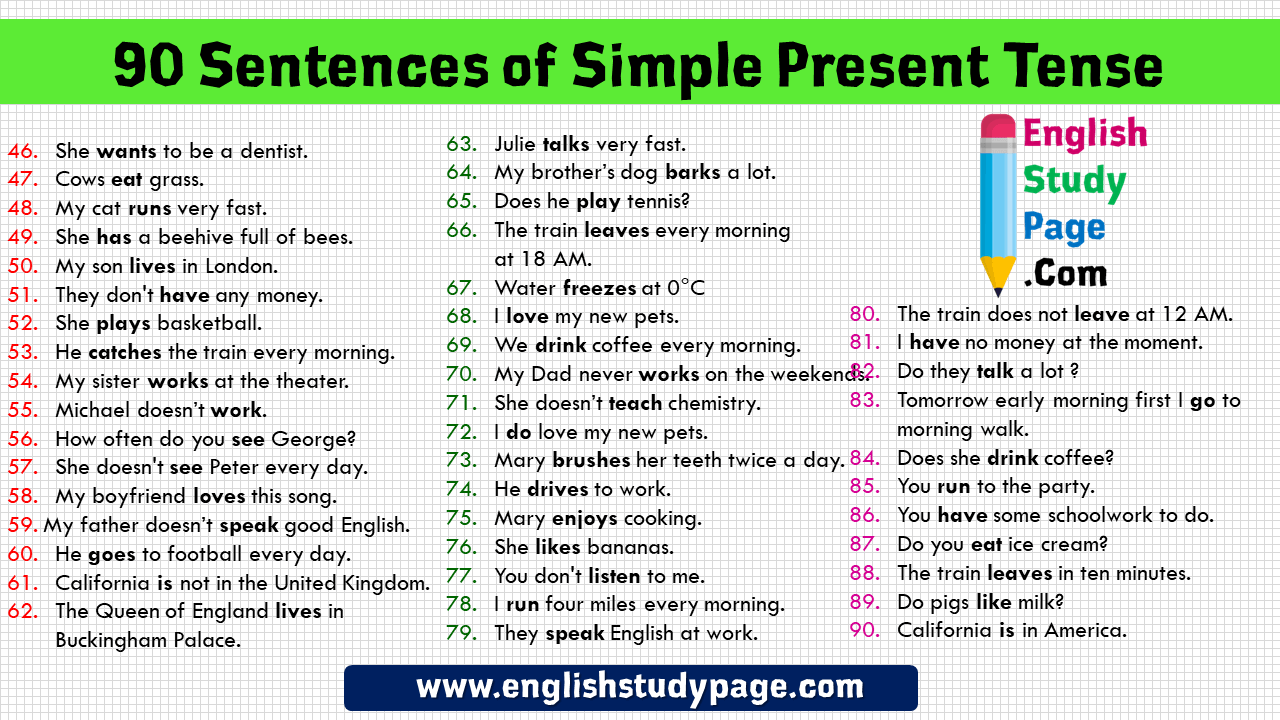



90 Sentences Of Simple Present Tense Example Sentences English Study Page




Direct Object Types With The Present Tense Form Download Table



Present Tenses Review Verb Tenses In English Made Easy Eu English Eu English




Simple And Continuous Present Tense Question Form Worksheet
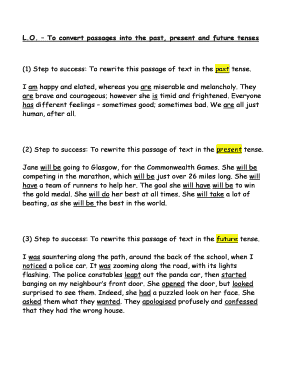



Change Present Tense To Past Tense Paragraph Online Converter Fill Online Printable Fillable Blank Pdffiller



0 件のコメント:
コメントを投稿